In February 2022, Ukraine faced a full-scale Russian invasion without a river flotilla.
This led to the Russian landing force feeling confident, while Ukrainian forces could not inflict significant strikes in the coastal zone.
In large-scale combat, large armies recognize the necessity of a navy to navigate river arteries.
The role of a riverine navy is to transport troops, support infantry, evacuate personnel, patrol waterways, engage enemy forces, and provide supplies to isolated positions.
Typically, a riverine navy includes minesweepers, artillery vessels, patrol boats, landing craft, river monitors, fast boats, and logistics transport ships.
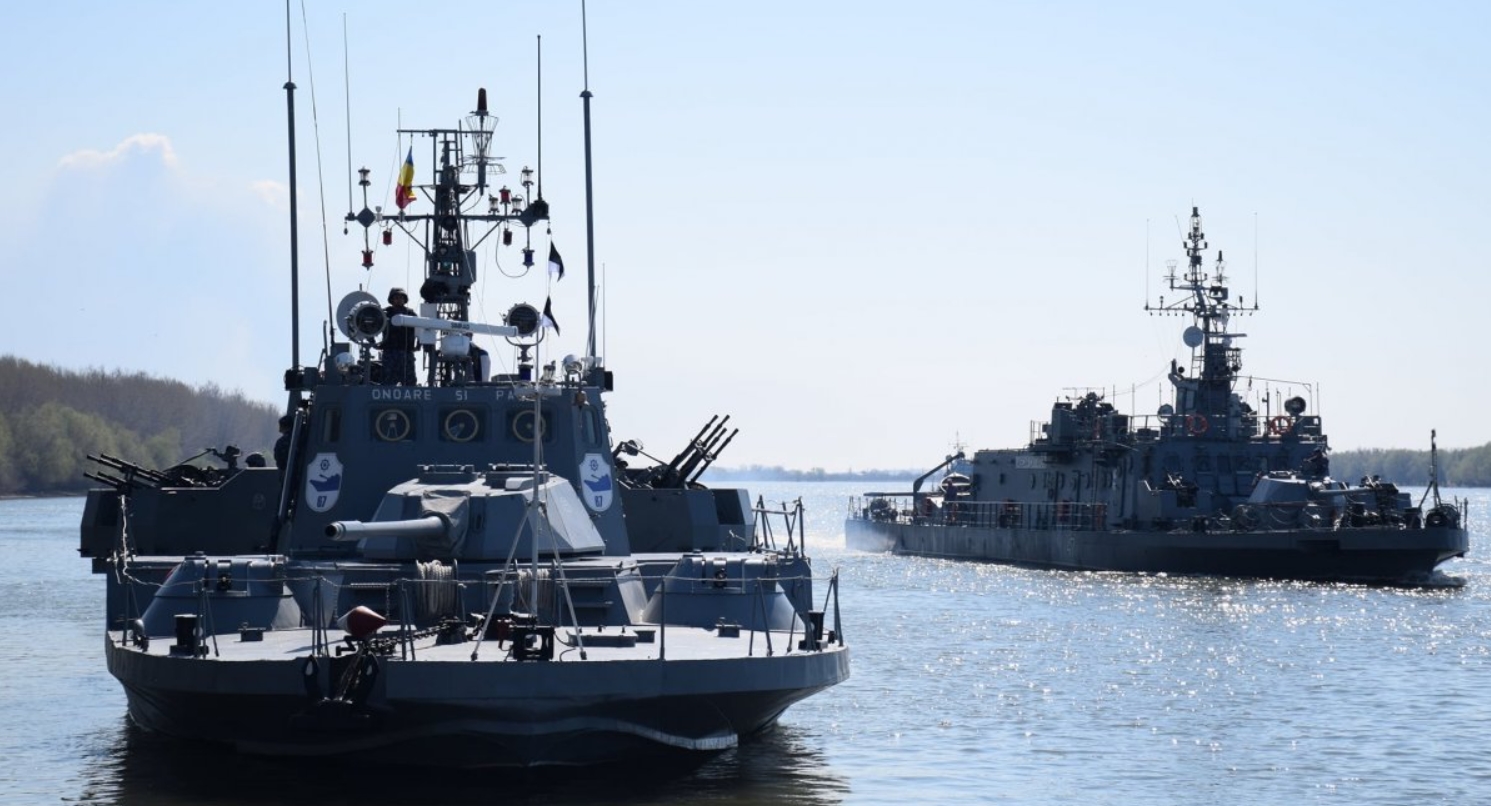
Before the invasion, the Ukrainian Sea Guard, the State Hydrographic Service of Ukraine, the water police, and the State Emergency Service of Ukraine, which possess boats for extinguishing fires and rescuing people, were responsible for overseeing the rivers of Ukraine.
Each of these institutions maintains its own fleet.
The Ukrainian Sea Guard employs various armed patrol boats to monitor the border.
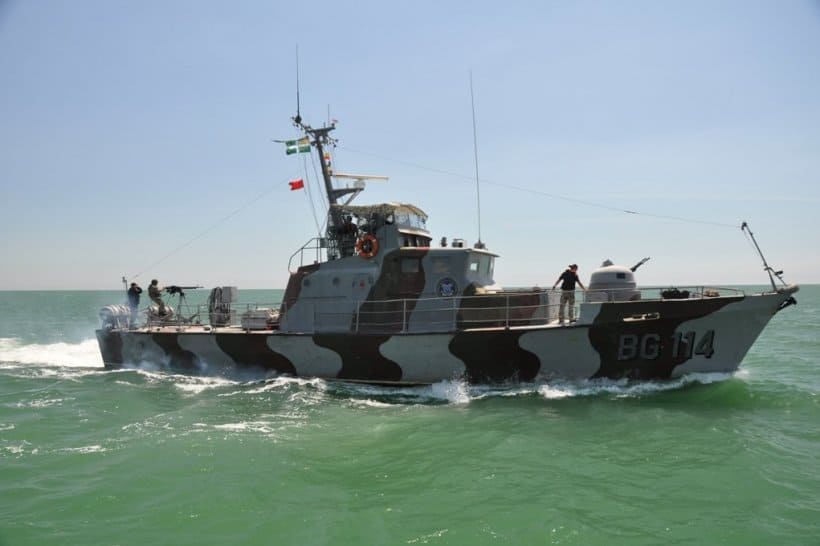
The State Hydrographic Service of Ukraine operates hydrographic vessels and is tasked with navigation and hydrographic support.
The water police, operating via boats, confiscate illegal fishing nets and catches, detect drug plantations and illegal mining activities, inspect documents, and conduct rescue operations.
Six months before the invasion, security sector forces even conducted exercises involving various boats and watercraft on the Dnipro River near the Kyiv River Station.

It was then asserted that the defense forces were capable of effectively safeguarding national interests on the rivers. However, during full-scale hostilities, these forces proved insufficient.
Back in 2013, the formation of a Riverine Squadron commenced in Odesa, with the aim of completing its establishment by 2014.
The new Squadron was intended to operate on border rivers, lakes, estuaries, as well as engage in external raids and patrol coastal waters.
Initially, this force was slated to be equipped with the first two Gyurza-class gunboats, construction of which commenced at the Kyiv Kuznia na Rybalskomu plant in October 2012.

A total of nine boats were planned to be constructed by 2017. However, the onset of Russia’s war against Ukraine in 2014 altered these plans significantly.
The new Project 58155 Gyurza-M class gunboats of the Ukrainian Navy were also intended to replace the gunboats of the State Border Guard Service of Ukraine, some of which had already begun to be decommissioned at that time.

However, in the new reality, the decision was made to prioritize the formation and equipping of the Ukrainian Marine Corps and the restoration of combat capabilities in the maritime economic zone of Ukraine, resulting in less emphasis on riverine issues.
In 2022, the absence of a river flotilla has led to reduced reconnaissance, amphibious, anti-aircraft, and other operational capabilities for the Defense Forces.
Vice Admiral Oleksiy Neizhpapa, Commander of the Ukrainian Navy, stated that since the onset of full-scale war, there have been no naval forces operating on the Dnipro River.
This situation reached a critical point when Russian forces attempted to utilize the Dnieper River as a navigational landmark to facilitate the entry of dozens of helicopters into Hostomel.
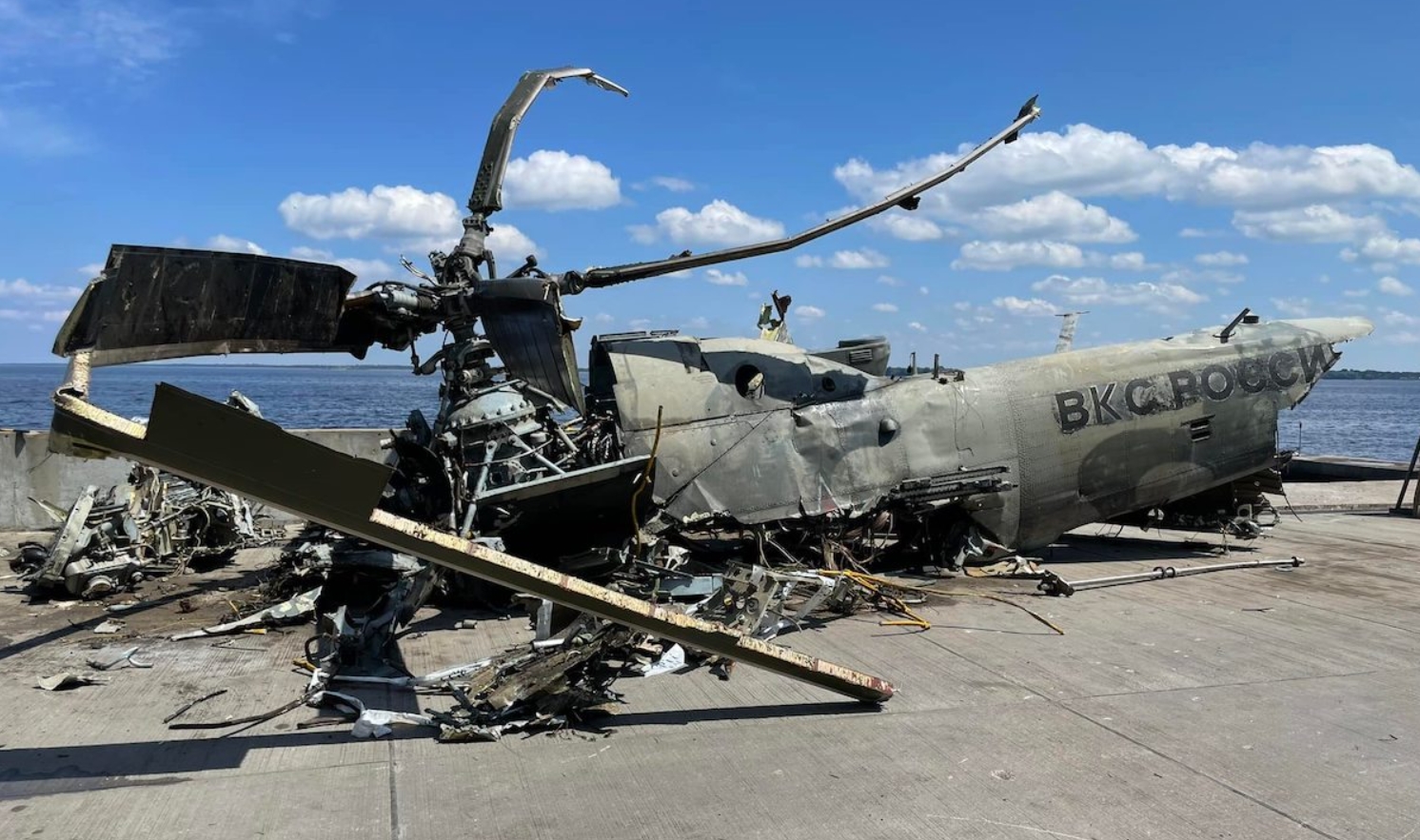
All the events of the initial battles revealed both the strengths and weaknesses of the Ukrainian defense. In June 2022, a river flotilla was established in Ukraine on the Dnipro River.
Initially, several civilian vessels were mobilized and outfitted with available weaponry, primarily 12.7mm machine guns. Additionally, they were repainted in distinctive camouflage.
Formally, the river flotilla is part of the Naval Forces but operates under the operational command of the Ground Forces.

The river flotilla was tasked with conducting reconnaissance, overseeing air defense, and patrolling the Dnipro River north of the capital. Additionally, it was responsible for transportation, as well as for deploying and evacuating special forces or ground troops.
The river flotilla then was bolstered with additional assets, including the SHERP the SHUTTLE landing boat, American SeaArk Dauntless boats, Ukrainian gunboats, pilot boats, and other resources.

The Dnipro flotilla necessitates dozens of modern boats, hundreds of personnel, and several large bases along the Dnipro River. These bases will serve as operational hubs for patrolling the coastal zone and rivers.
The Russian military also encountered challenges due to the absence of a small riverine navy in the Kherson direction.
In 2022, shell strikes with HIMARS commenced, targeting first the Antonivka Road Bridge and therefore Russian positions at the Kakhovka Dam and pontoon crossings of the Dnipro River used by the invaders.

This poses significant challenges to Russian logistics. Consequently, the Russians are resorting to requisitioning boats intended for the installation of crossings.
Moreover, Ukrainian drones are targeting and destroying high-speed landing boats on the Dnieper-Bug estuary.
Following their retreat from Kherson, the invaders are resorting to theft from civilian private watercraft to fulfill their operational requirements.
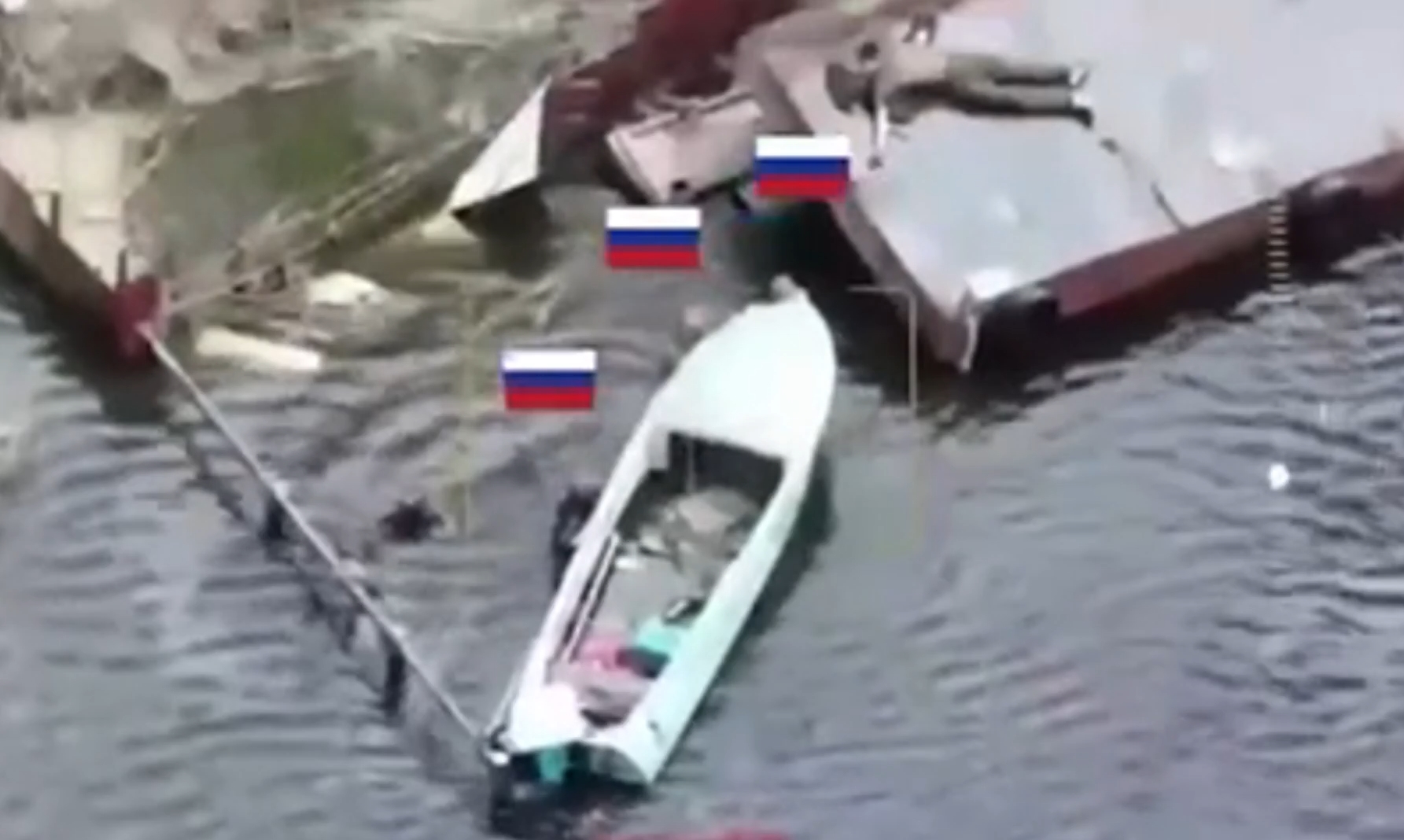
The absence of support from the Russian Ministry of Defense and reliance on unreliable civilian boats result in substantial losses among the invaders.
At times, they struggle even to start the engines of these civilian boats promptly to move away from the shore.
The primary requirement is for boats measuring 6-8 meters in length. Such boats should be fast, maneuverable, well-protected, and capable of modular weapon integration.
The Russians are contemplating the deployment of unmanned boats for this theater of hostilities. These boats are essential for surveillance, monitoring the situation, launching drones, relaying communications, conducting electronic warfare, and performing various other tasks.
After the liberation of Kherson, the battle for control over the islands and reedbeds in the Kherson region unfolds in the theater of hostilities.
The Dnipro River in this area is quite wide, ranging from 700 meters to 2 kilometers, with a significant flow.
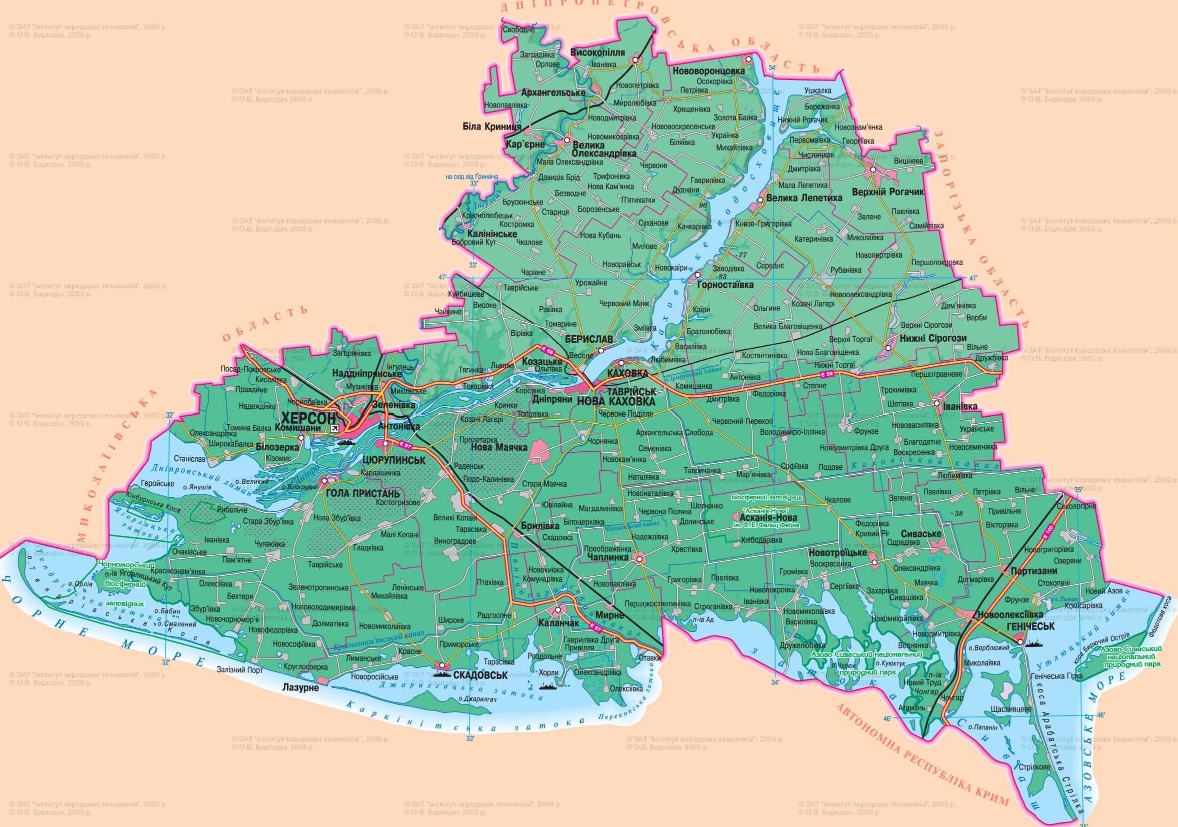
The islands play a pivotal role as transfer points on the logistics route, facilitating tactical advancements.
Control over them ensures command of the river, enables secure storage of provisions, facilitates triage for the wounded, and offers other strategic benefits.
Certain islands feature dense jungle terrain, akin to military challenges encountered in Vietnam.
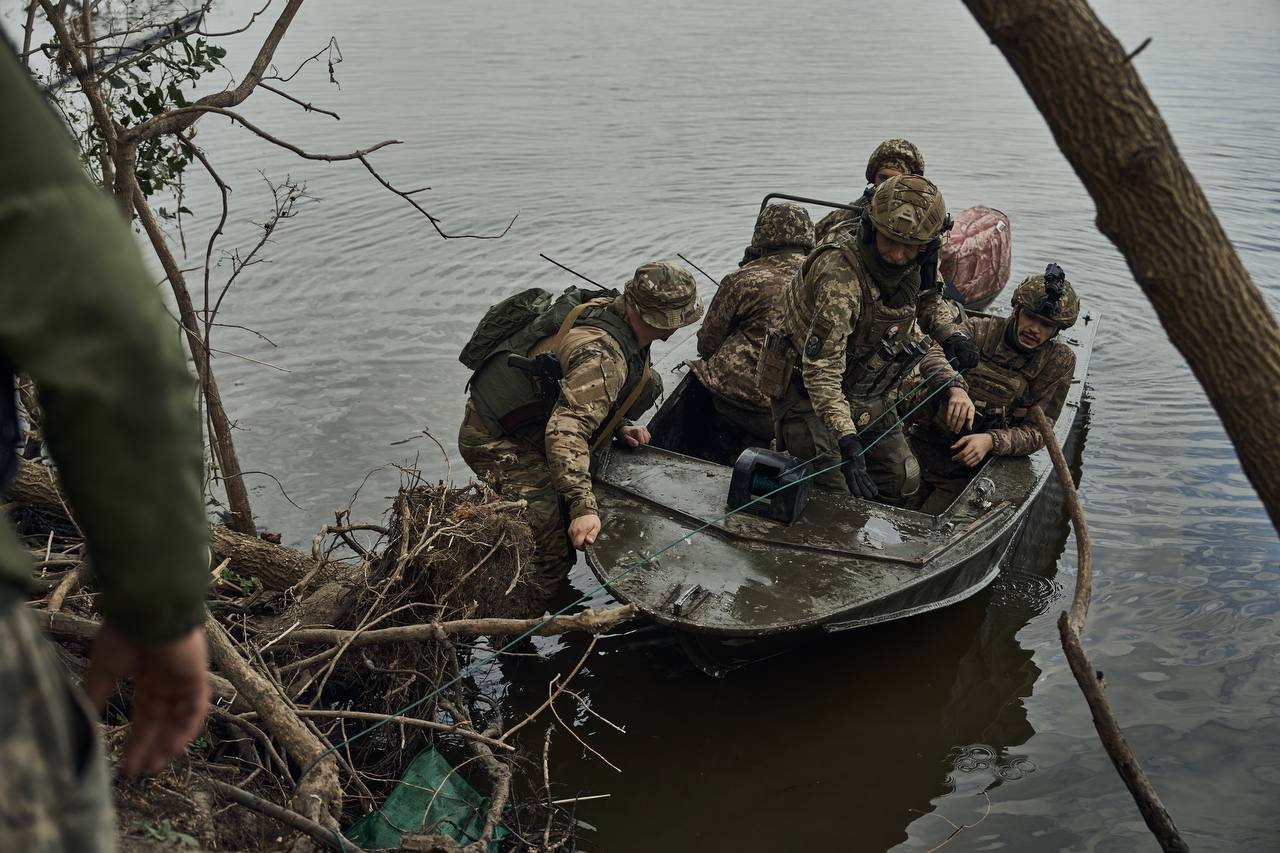
For landing on the occupied shore it is necessary to overcome the Dnipro River by boat, that is, to sail about a kilometer of open terrain and to swim.
It is also common to drag a boat tens of metres to reach deeper waters.
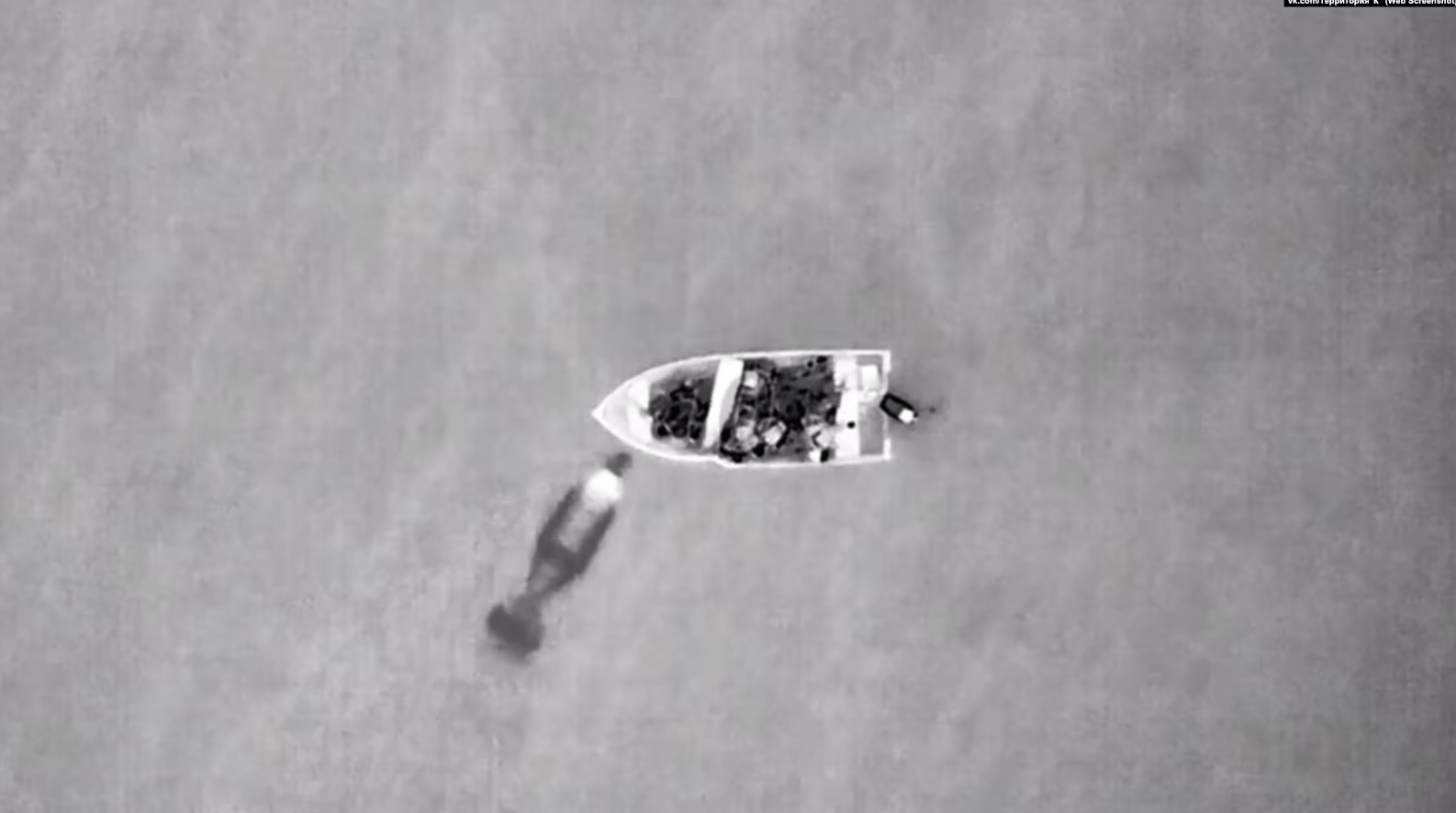
Ukrainian boats commence strikes from ambushes using mortars, drones, and artillery.
To maintain their fleet, Ukrainian forces resort to replenishing boats from various sources, including charitable foundations.

Over time, Ukrainian forces on small boats and inflatable boats manage to land in Krynki and take a bridgehead.
However, to progress further from the bridgehead, larger forces are required, extending beyond the river.
Sometimes, the actions of the U.S. Army on rivers in Vietnam are cited as an example, particularly their use of armored boats.
However, it’s essential to understand the context in which these actions took place: the United States enjoyed complete informational and significant military superiority during that time.
They controlled the airspace and used aircraft to deliver the bulk of supplies.
As the American military presence in Vietnam increased, the necessity of conducting operations on the country’s rivers became apparent.
Unlike the dense jungle terrain, tropical rivers provided a faster and more efficient means of transporting personnel and cargo.
For this reason, during the Vietnam War, the main water artery of the country, the Mekong River, along with its tributaries and branches, often became the focal point of hostilities.
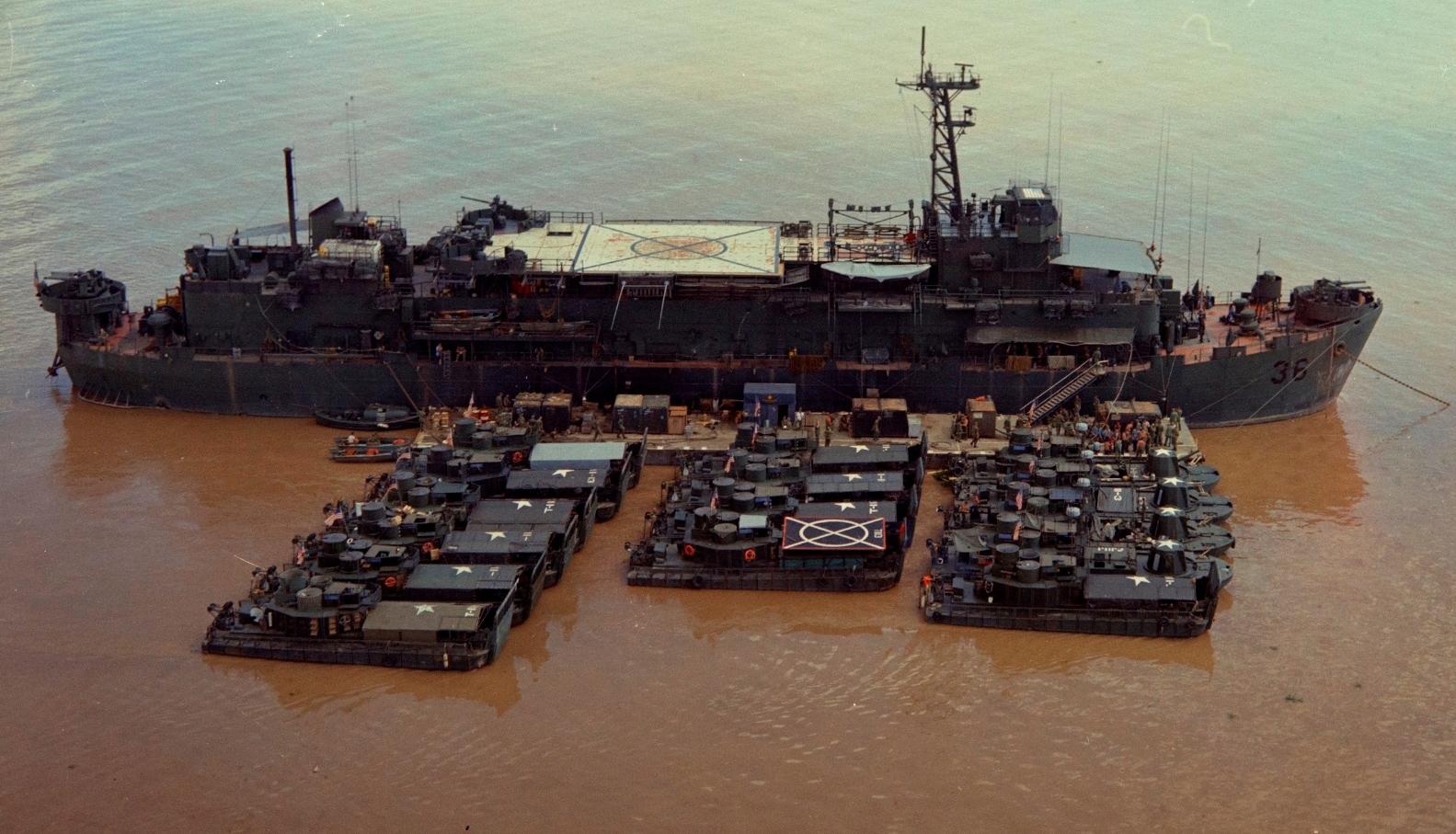
The available gunboats and ships were ill-suited for operations on the rivers of Vietnam due to their large size and draft, which limited their maneuverability in shallow waters.
In response, the United States swiftly developed small and cost-effective boats optimized for patrol duties on Vietnam’s waterways.
Additionally, floating bases were established to support river assault groups and provide logistical support, including the ability to receive helicopters.
One of the most prominent examples used by the river flotilla were the PBR river patrol boats. These fiberglass-hulled boats featured an aluminum superstructure and were armed with twin 12.7mm machine guns mounted on a turret with armor at the bow, a single machine gun (or 40mm automatic grenade launcher) at the stern, and two 7.62mm machine guns on the sides.
They were employed in Vietnam from March 1966 until late 1971.
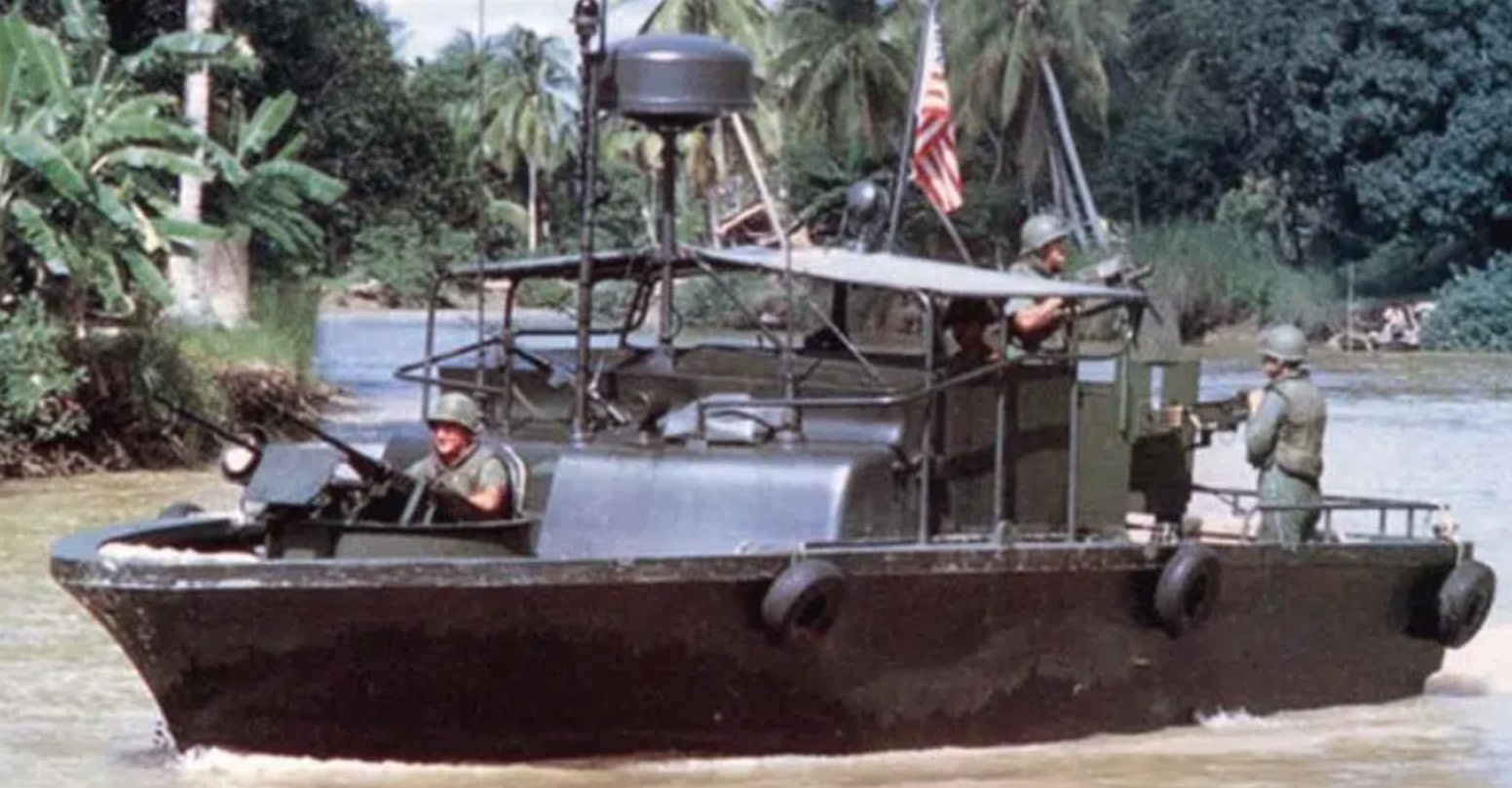
Weapons on these boats were often enhanced with twin mounts, featuring a combination of a 12.7mm machine gun with an 81mm mortar or a 20mm gun.
Offering greater firepower and improved security compared to PBRs, the Assault Support Patrol Boat (ASPB) was specifically designed for use in Vietnam.
The ASPB, with a displacement of 26 tons, measured 15.3 meters in length, 4.7 meters in width, and had a draft of 1.1 meters.
Its standard armament included two 20mm guns mounted in armored turrets at the bow and on the superstructure, along with two 7.62mm machine guns positioned behind armor plates in the aft section of the deck, and two 40mm automatic grenade launchers.
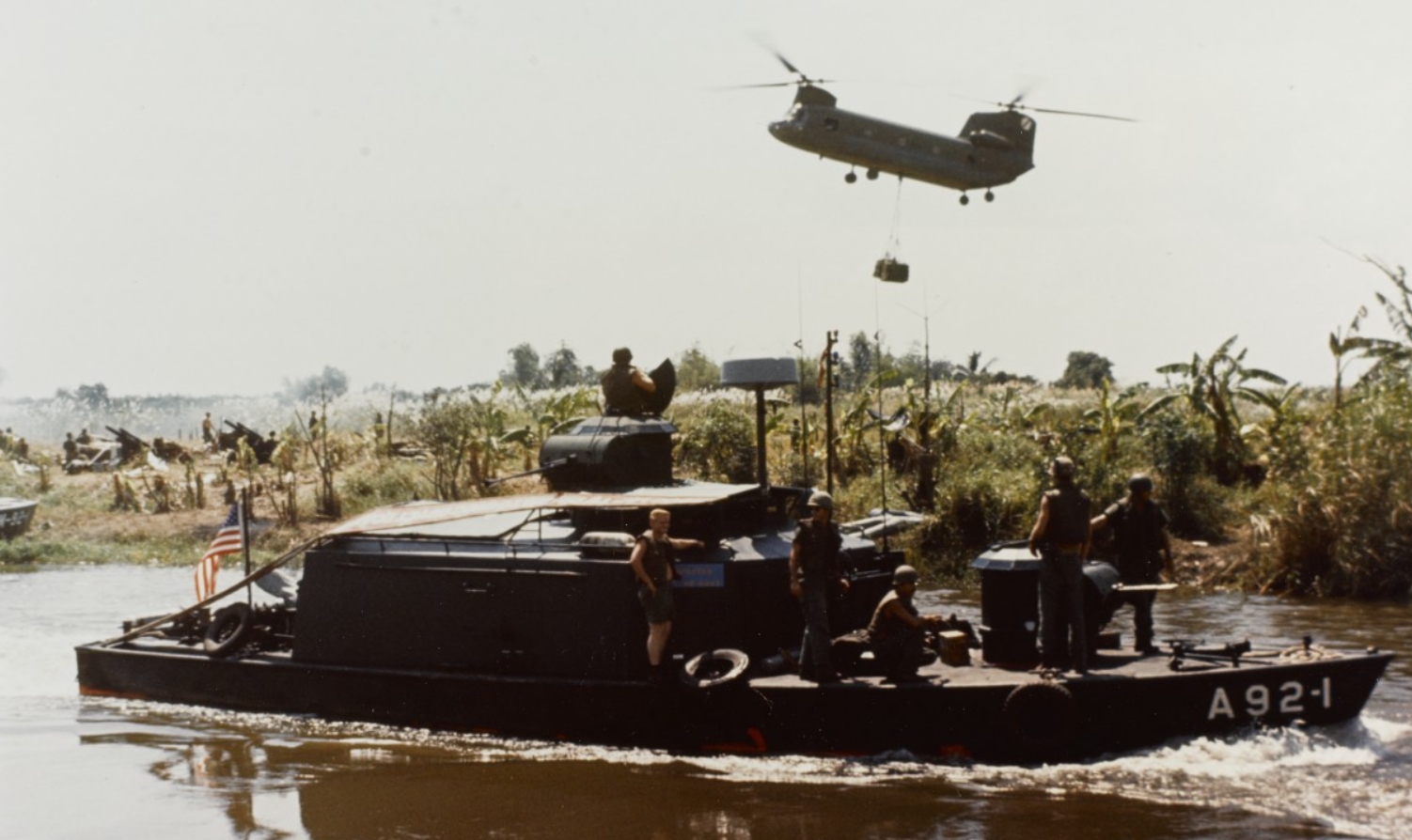
These assault boats proved highly effective on the Mekong River, serving not only for patrol and fire support but also as improvised minesweepers.
Among the various craft in the fleet, landing boats were particularly well-suited for operations on the rivers due to their shallow draft.
The most common type was the LCM-6, originally designed for transferring personnel and equipment between landing craft and the coast.
Several special modifications of the LCM-6 were developed for use on the Mekong River, with the most widely used being the ATC (Armored Troop Carrier).
The ATC was essentially a standard LCM-6 equipped with an armored superstructure to protect the crew and troops from bullets and debris. Additionally, the bow ramp, typically used for facilitating troop landings on unprepared shores, was retained.
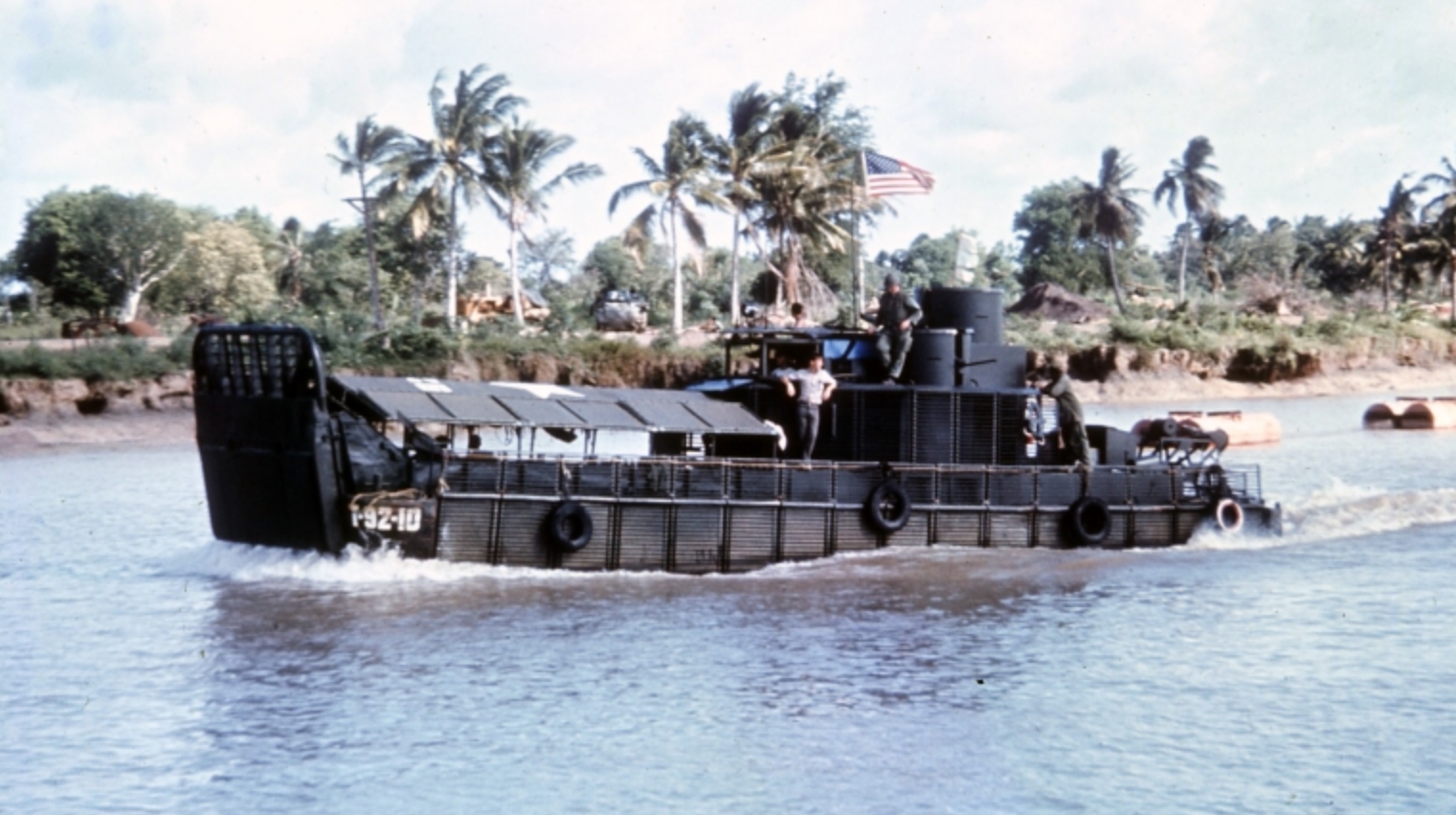
Some boats were even equipped with helipads, perhaps making them the smallest helicopters in the history of warfare. Part of the ATC fleet was converted into command boats, outfitted with additional communication facilities.
Boats armed with flamethrowers earned the nickname ‘Zippo,’ inspired by the famous brand of lighters.
Finally, fire support boats, known as ‘monitors,’ were equipped with an array of heavy weaponry in addition to standard armaments. These included a 105mm howitzer housed in an armored turret, along with an 81mm mortar.
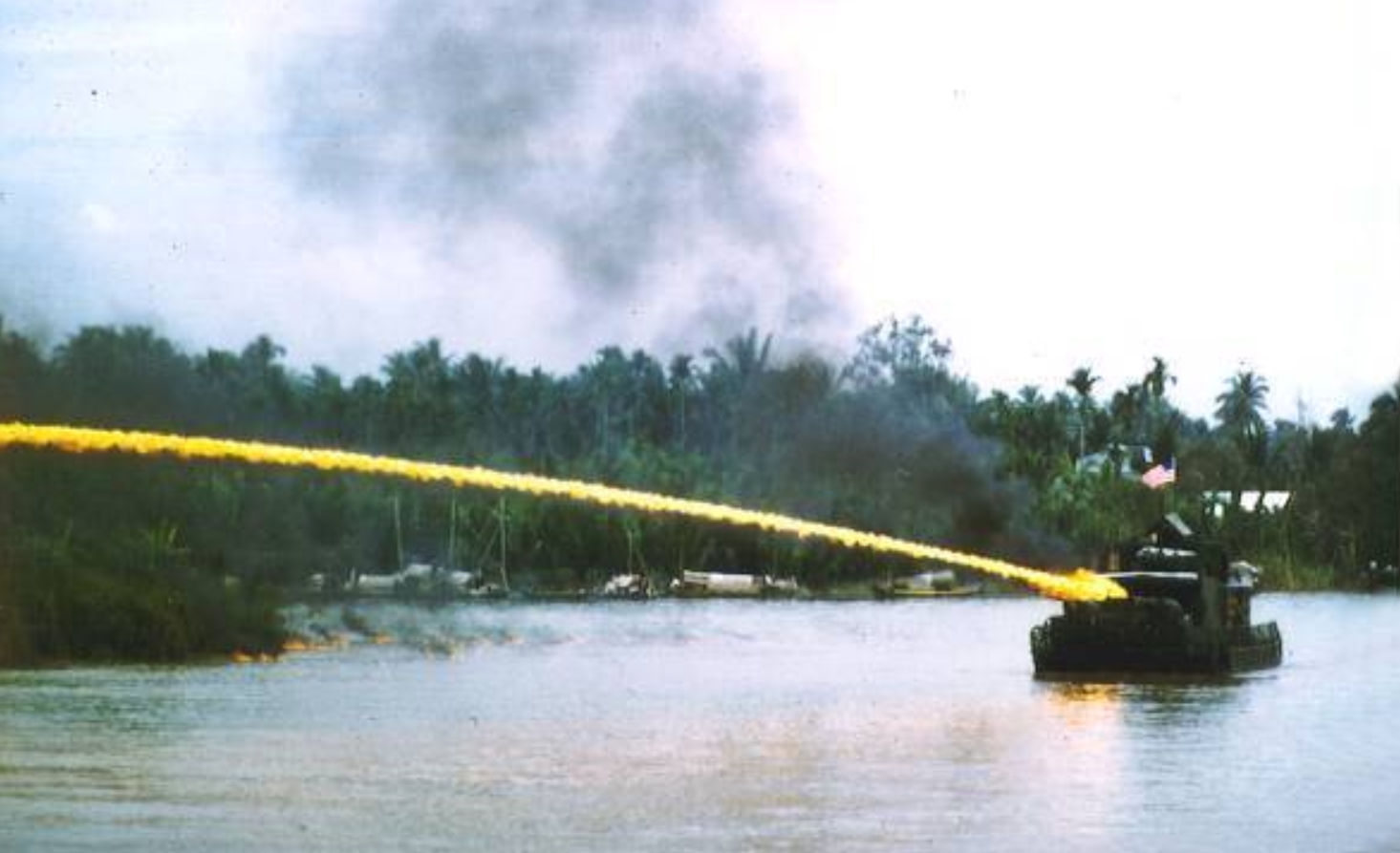
Some LCM-6 boats were repurposed as supply ships, serving as fuel tankers to support the operations of river squadrons in isolated areas away from main bases.
In addition, larger landing boats of the LCM-8 type were also used by river forces. Some of these LCM-8 boats were converted into ‘monitors,’ armed with 105mm howitzers, 40mm anti-aircraft guns, and smaller caliber weapons.
Several LCM-8 boats were used for transport and evacuation purposes, ferrying small PBR boats to repair points and returning them to service as needed.

From 2003 onwards, American patrol boats operated in the Tigris Delta during the invasion of Iraq and subsequently, from 2007, in the middle of the Tigris and Euphrates rivers. These patrols continued until 2011, with over 6,000 missions conducted during this period.
By 2008, the United States Navy had established three river squadrons.
The 1st Riverine Squadron (RIVRON 1) was deployed to Iraq in April 2007, followed by the deployment of the 2nd Riverine Squadron (RIVRON 2) in October 2007. Additionally, the 3rd Riverine Squadron (RIVRON 3) was established in July 2007 to further bolster riverine operations.

The primary objective of these river squadrons was to prevent the marine environment from being used as a site for attacks, a refuge for insurgency activities, or for the trafficking of illegal weapons, humans, and materials.
Ukraine, being a riverine country, highlights the crucial role of the river flotilla.
However, to ensure the effectiveness of the flotilla, the efficient operation of a control body overseeing all boats and ships on the rivers is essential.
The components of Ukraine’s riverine navy include landing boats capable of transporting infantry and supplies.
Additionally, new combat boats are expected to serve as a vital element for patrolling, safeguarding key river infrastructure, and countering potential enemy amphibious landings.
Підтримати нас можна через:
Приват: 5169 3351 0164 7408
PayPal - paypal@mil.in.ua
Стати нашим патроном за лінком ⬇
Subscribe to our newsletter
or on ours Telegram
Thank you!!
You are subscribed to our newsletter